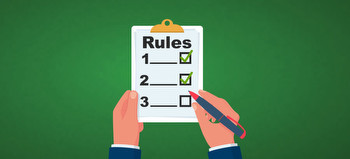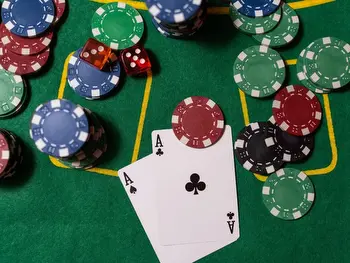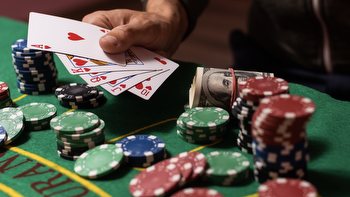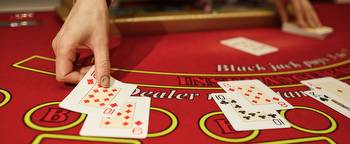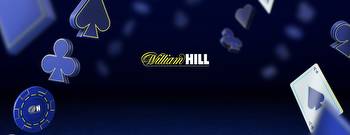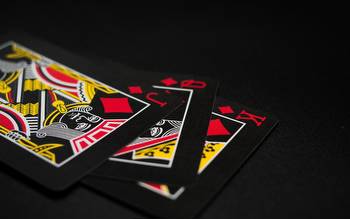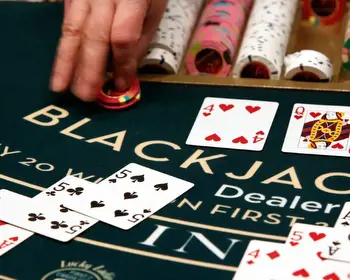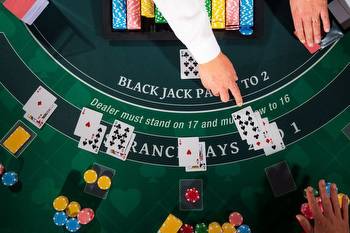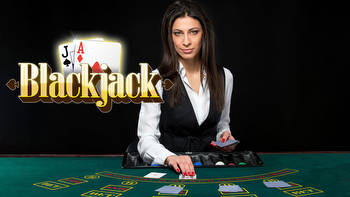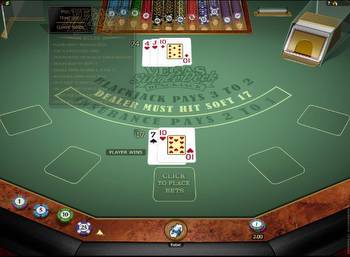How to play Ontario online blackjack: Rules, tips and payouts
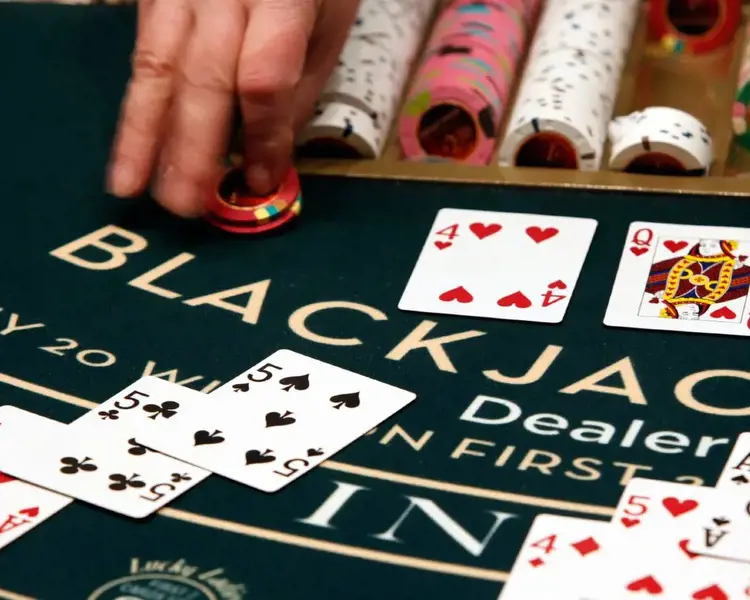
Blackjack is a table game in which players compete against the dealer to tally the higher card count, up to 21.
Learning how to play Ontario online blackjack is easy, and once you get started you might not want to stop.
How to play Ontario online blackjack
You can play against the dealer with one or more hands and with or without other players. The game uses multiple decks — anywhere from two to eight — to limit time spent on shuffling. A yellow card near the bottom of the deck indicates the cards are almost at the end and need to be shuffled.
Choose the value of your stake, which can be different if you’re playing more than one hand. You may still be able to play multiple hands even if other players are in the game.
Hit or stand
Both the player(s) and dealer receive one card face-up. The process repeats, but the second card given to the dealer — known as the hole card — is face-down. Players have the opportunity to hit, which means to add one or more cards. They can also stand, which means to refuse additional cards.
Players hit or stand based on the total value of the cards they have compared to the card the dealer is showing. The dealer’s hole card isn’t visible — the best you can do is guess at it.
If your two cards total 17, and the dealer has 16 or less, they must continue taking cards until reaching at least 17. Either the players or the dealer will lose if their total exceeds 21, which is called a bust.
A common strategy is to hit on 16 or lower if the dealer is showing a seven or higher, even though you could bust. Theoretically, the hole card will push the dealer’s hand closer to 21 and you could lose by standing on a 16. There’s a time to draw more cards and a time to sit on a hand.
Some players become too aggressive by taking cards without need, resulting in a bust. For example, if you have 16 or less and the dealer is showing a six, the odds are strongly in your favour if you don’t take another card. The dealer can win if the hole card is an ace, which means the two cards total a soft 17 (an ace is worth one or 11), or if drawing a five or less. So again, you are trying to take the edge away from the dealer.
In theory, the odds in every game are at least even money, though the exception is hitting blackjack, in which the odds are 3-2, and we’ll explain that in a bit.
So, if you bet $10 and you win, you receive $20. If you receive an ace with a 10 or a face card, you hit blackjack (21) and win automatically. But there’s one exception. If the dealer shows an ace with either a 10 or a face card, you push (which means you get your money back).
If the dealer shows an ace and you don’t like your hand, you can fold, also known as surrendering, for a refund of half your bet.
Strategies to increase the odds
If you’re dealt two cards with the same value, you can split them into two hands. Again, the odds are even money for each. For example, if you receive two sevens, you can separate them and play two hands. If the first bet was for $10, the second one is also for $10.
A key part of this strategy is to only split when your cards are higher than the dealer’s face-up card. If the dealer shows anything below a seven and you have two eights, consider splitting the hand.
If you have two sixes, however, and the dealer shows an eight, it’s not a good idea to split because the dealer could win with the hole card.
Depending on the dealer’s hand, you could win with both bets, win one and lose one, or lose both.
You may also double down on each hand, but then you can only draw one more card. If you bet $10, doubling it means you are now playing for $20. So why double? If your two cards are higher than the dealer’s single card, it’s a good strategy to take another card.
If, for example, you have a six and four and the dealer has a six, you should double the bet.
When the dealer is showing a six and the next card is 10 or less, the dealer has to take another card. If the dealer shows a six and the next card is an ace, they’ve got a soft 17 and they’ll have to stand. As long as your hand is higher than 17, you win.
If you and the dealer finish with a hand of equal value, the bet is pushed and your wager is returned. Then again, you could lose the bet if the card you doubled with is lower than the dealer’s hand. If you have two cards totalling 17, it’s better to stand because the odds of busting are higher.
One crucial rule: Never split a pair of 10s, regardless of the dealer’s exposed card. This is because the chances of winning with two 10s are overwhelmingly higher than splitting them. If you have two aces, however, it could be wise to split them (depending on the dealer’s exposed card).
Before betting, establish your bankroll and don’t exceed it. If you start with $50 and lose quickly, you can deposit more or try a new table. But taking a break might be the best option of all.
Whether you’re winning or losing, maintain a level head. As easily as the cards can work in your favour, they can also go the other way. In a matter of moments, you could be playing with scared money instead of house money. Know when to ante up and when to walk away.
is a Toronto-based freelance writer who writes casino content for NorthStar Bets. NorthStar Bets is owned by NordStar Capital, which also owns Torstar, the Star's parent company.









